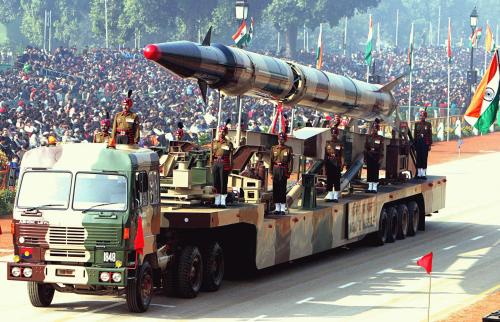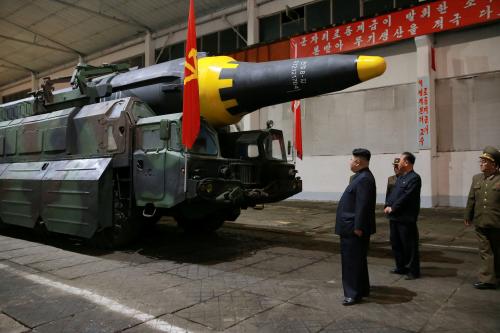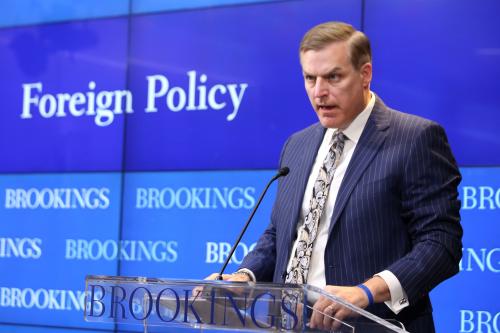Content from the Brookings Institution India Center is now archived. After seven years of an impactful partnership, as of September 11, 2020, Brookings India is now the Centre for Social and Economic Progress, an independent public policy institution based in India.
This article first appeared in Live Mint. The views are of the author(s).
If there was any doubt that North-East Asia has become the most dangerous place on earth, with the prospect of a nuclear exchange, then recent events provide ample evidence that the region has attained this dubious distinction. Additionally, a new UN report, which went practically unnoticed, revealed that North Korea has continued its proliferation activities and these are growing in sophistication.
Following an unprecedented two nuclear and multiple ballistic missile tests last year alone, North Korea has upped the ante even further this year. A high-profile political assassination in Malaysia, using a deadly nerve agent, coincided with yet another missile test and the threat of an intercontinental ballistic missile test capable of striking the US. Then, on 7 March, in a dramatic show of force, Pyongyang simultaneously launched four missiles, which landed in Japan’s exclusive economic zone.
Although this latest missile salvo was partly in response to the biggest annual joint military exercises of the US and South Korea being conducted in the region and partly in response to the impending deployment of the US Terminal High-Altitude Area Defense (Thaad) system, it nonetheless signalled, according to one observer, practice for nuclear war.
To read more, please click here.








Commentary
Op-edNorth-East Asia goes dangerously ballistic
March 12, 2017